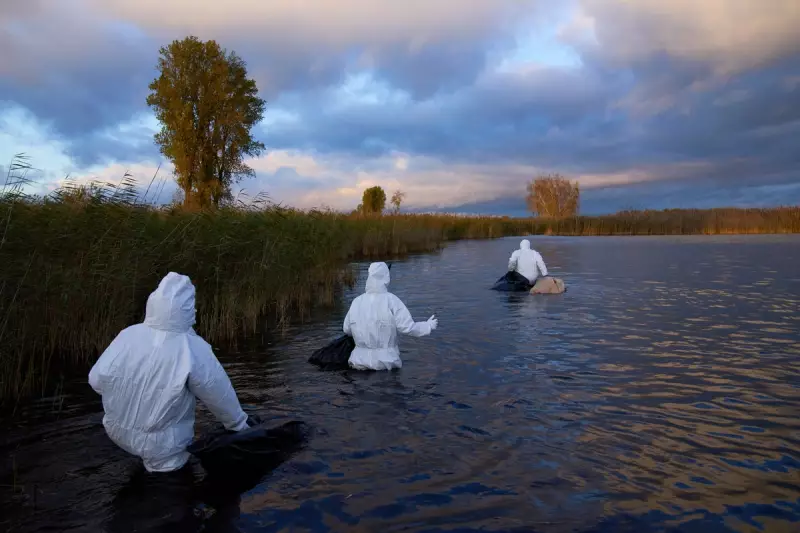
Health authorities across Europe are raising the alarm as cases of the H5N1 avian influenza virus, commonly known as bird flu, see a significant increase. This trend mirrors the seasonal pattern of human flu, which typically intensifies during colder months.
A Continent on Alert: Containment Measures Intensify
On 13 November, Spain's Ministry of Agriculture, Fisheries and Food enacted a drastic measure, ordering the confinement of all free-range poultry. This step was taken to curb the spread of the highly pathogenic H5N1 virus, justified by a climbing number of outbreaks and the heightened risk from the southward migration of wild birds across the continent.
This action, while not without precedent, underscores the growing concern among European nations. The situation prompts a critical question for the public: has the risk of this virus sparking a human pandemic genuinely escalated?
The H5N1 Panzootic: A Global Animal Pandemic
The H5N1 virus is a type of influenza A virus with a high mortality rate in birds. First detected in domestic geese in China in 1997, it has since diversified and spread globally via migratory birds, causing what is known as a panzootic—a pandemic in the animal world.
A pivotal shift occurred in 2020 with the emergence of the 2.3.4.4b clade. This strain has demonstrated an unprecedented ability to replicate in wild and domestic birds, affecting over 380 different bird species. The impact has been devastating, with one estimate suggesting the virus killed around 40% of Peru's pelican population in less than five months.
Historically, cases peaked in winter, but since 2020, H5N1 has been present year-round, facilitating its spread to every continent except Oceania. After causing thousands of outbreaks in Europe, the virus crossed the Atlantic in late 2021, wreaking havoc in North and Latin America. In a stark development, it was detected in birds in Antarctica in 2024.
Mammals at Risk and the Mystery in US Cattle
One of the most alarming developments is the virus's jump to mammals. Since 2021, it has infected more than 50 mammal species, from sea lions and seals to bears and dolphins. In some cases, it has proven highly virulent and capable of spreading between mammals, as seen in elephant seals and on European fur farms.
The virus often causes severe symptoms in animals, including pneumonia, neurological effects, and high viral loads in the brain.
In a significant and unexpected turn of events, the H5N1 virus was detected in dairy cows in the United States in March 2024. This revealed a new ability for the virus to multiply in mammary tissue, with high viral loads found in milk. This adaptation to a major livestock species highlights a heightened potential for zoonotic transmission to humans. It remains a mystery why this jump to cattle has so far only been confirmed in the US.
Human Risk and the Path to a Pandemic
Despite widespread circulation in animals, human cases remain relatively low. Since its discovery, only about 900 human infections have been reported, mostly among people with direct contact with birds. While the mortality rate can be as high as 50%, most recent cases have been mild.
Crucially, the virus has not acquired the ability for sustained transmission between people, meaning the risk to the general population is currently low.
However, for H5N1 to become a human pandemic, it would need to undergo several changes, such as improving its ability to spread through the air between humans and bind to human cell receptors. While it is difficult for all the necessary mutations to occur at once, it is not impossible. The flu virus is a master of mutation, and the massive global circulation of H5N1 in the animal world is a serious cause for concern.
Experts emphasise that the best defence is a proactive One Health approach. This strategy involves improving farm biosecurity, intensifying veterinary surveillance in poultry, cattle, and pigs, and fostering effective coordination between public health and animal health sectors. While a new pandemic is not imminent, the H5N1 virus is undoubtedly moving closer.





